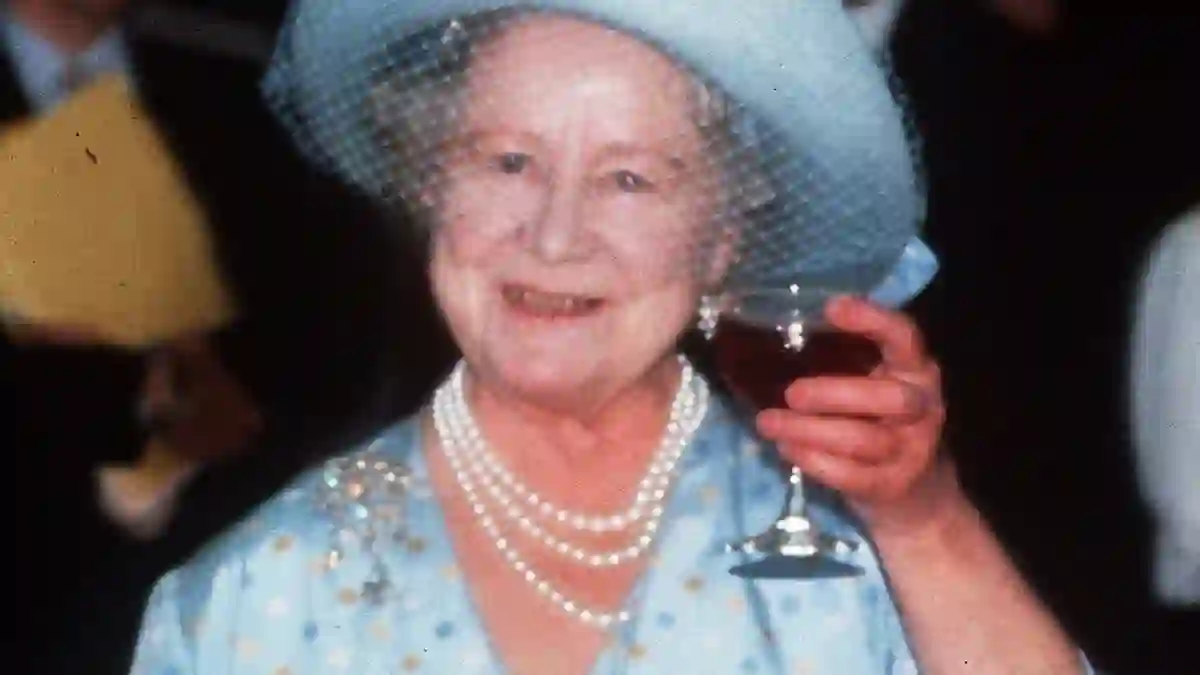Just as the Royal Family prepares to mark the Queen Mother’s 125th birthday privately, an unexpected controversy has landed squarely at King Charles’s doorstep.
A new, unofficial biography is stirring debate by suggesting that Princess Margaret’s lifelong struggles might have been the result of alcohol exposure before birth—a claim that puts the Queen Mother’s habits during pregnancy under a very uncomfortable spotlight.
Bold Claims Spark Royal Discomfort
The suggestion comes from U.S.-based biographer Meryle Secrest, a Pulitzer Prize-nominated author who describes her new book Princess Margaret and the Curse as more of an “investigation” than a typical royal biography.
At the heart of it is the idea that Princess Margaret may have suffered from foetal alcohol disorder, an “invisible disability” allegedly linked to the Queen Mother’s drinking during pregnancy.
This assertion, understandably, has not gone over well with royal circles, especially given the lack of solid evidence to back it up.
It also couldn’t have come at a worse time for the King, who remains fond of his grandmother and is reportedly marking her upcoming birthday with quiet remembrance.
Digging Into the Evidence—or Lack Thereof
So, what’s the actual basis for Secrest’s bold theory? One key piece cited is a 1925 letter written by the Queen Mother, then pregnant with Princess Elizabeth, where she humorously laments her aversion to wine, saying: “It will be a tragedy if I never recover my drinking powers.”
By the time she was pregnant with Margaret four years later, the assumption is that her attitude had changed.
According to Secrest, prevailing medical wisdom of the 1920s didn’t caution expectant mothers against drinking, as it was commonly believed the placenta shielded babies from harm.
The author also points to the Queen Mother’s aristocratic roots, highlighting that her Scottish Bowes-Lyon family were known for their high alcohol tolerance and saw drinking as a sign of inner strength.
Eyewitness Accounts of Daytime Drinking
To further support her theory, Secrest pulls in anecdotes from the Queen Mother’s social life.
Art historian Kenneth Clark is quoted describing how she would start sipping Dubonnet at 11:30 a.m., followed by wine at lunch and martinis or champagne by evening.
Former equerry Major Colin Burgess also noted that her daily routine included multiple alcoholic drinks, raising eyebrows even at the time.
Secrest argues that this habitual drinking might have had developmental consequences for Margaret, ranging from her short stature and migraine issues to difficulties with handwriting and emotional self-regulation.
Margaret’s Family and Friends Push Back
Despite these detailed claims, many close to Margaret are calling the theory far-fetched.
Friends and family members reject the idea that her life can be reduced to a diagnosis stemming from her mother’s drinking.
“She wasn’t some tragic victim,” said one longtime friend.
“Margaret was intelligent, witty, had a wide circle of friends, and was a loving mother and grandmother.
To say all her issues stem from what the Queen Mother may have drunk while pregnant is just bizarre.”
A Diagnosis That Doesn’t Quite Fit
The symptoms Secrest links to foetal alcohol disorder include poor impulse control, social missteps, and learning difficulties—some of which she connects to stories from Margaret’s childhood.
One anecdote involves young Margaret deliberately sinking a rowing boat during a Girl Guide lesson, which Secrest frames as an early sign of behavioral issues.
But friends counter that such stories sound more like typical childhood mischief.
And as one noted, Margaret’s handwriting was actually quite elegant—contradicting the claim that she lacked fine motor control.
Comparing Margaret to a Modern Royal Sibling
To put her argument in context, Secrest even draws a parallel to Prince Harry—another younger royal sibling known for breaking the mold.
Yet, she stops short of implying he was similarly affected, acknowledging that Princess Diana “scarcely drank.”
Still, she tries to solidify her case by stating that traits like athleticism, impulsiveness, and emotional outbursts are common in children with the disorder.
She also cites a study from Bristol University suggesting that up to 17% of the UK population may show some degree of foetal alcohol effects.
Privilege vs. Diagnosis
Despite all the medical terminology and comparisons, there remains a glaring issue: Princess Margaret’s life doesn’t quite fit the mold of someone living with a serious developmental disability.
She wasn’t neglected or disadvantaged. She grew up surrounded by luxury, was doted on throughout childhood, and held a key role in royal society—at least for a time.
Secrest’s theory, while provocative, ignores many social and emotional factors that shaped Margaret’s adult life.
A Royal Life of Shifting Roles and Expectations
Margaret’s struggles may have had more to do with circumstance than syndrome.
She was, after all, once second in line to the throne, and lived in the public eye with few responsibilities but immense scrutiny.
Her marriage to Lord Snowdon ended in heartbreak, and she faced health challenges in later life.
But does that really point to an invisible disability?
As critics have pointed out, if drinking during pregnancy was solely to blame, why did Queen Elizabeth escape unaffected?
Culture of Alcohol and the Weight of Expectation
If anything, the book glosses over the broader royal culture in which alcohol was omnipresent.
In that world, it was less about dependency and more about custom.
Whether at formal banquets or private gatherings, alcohol flowed freely.
Margaret’s personal reliance on drink in later years likely had more to do with loneliness and lost purpose than any pre-natal condition.
The Queen Mother’s Legacy and Margaret’s Reality
Ultimately, the Queen Mother lived to the age of 101, continuing her routines and social life well into old age.
Margaret, in contrast, passed away at just 71, six weeks before her mother.
That gap alone invites reflection on their differences, but perhaps not in the way this new biography intends.
Secrest’s book may stir debate and spark headlines, but for many, it raises more questions than it answers—and risks reducing a complex royal life to a speculative medical theory.
